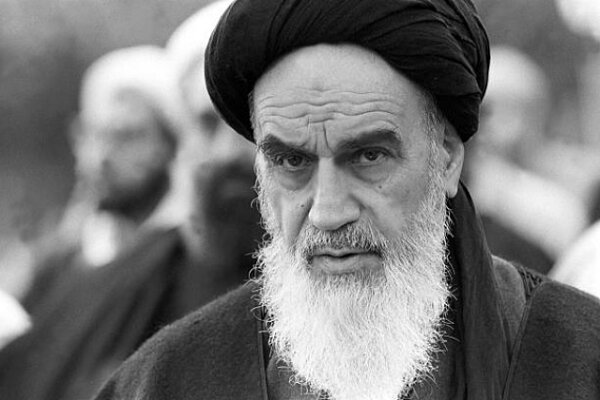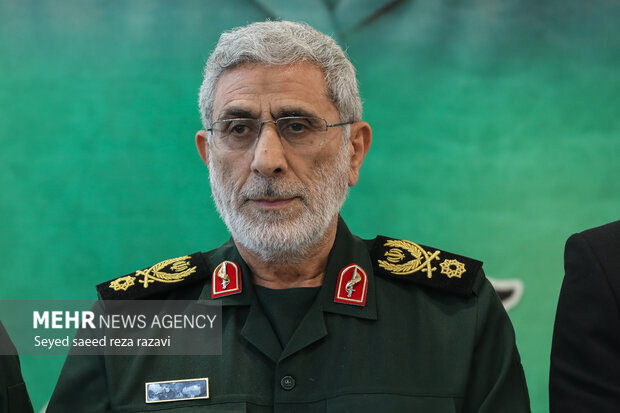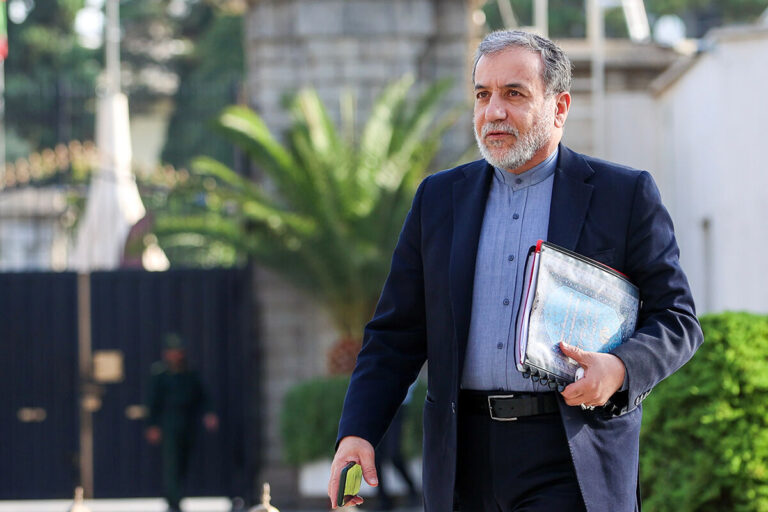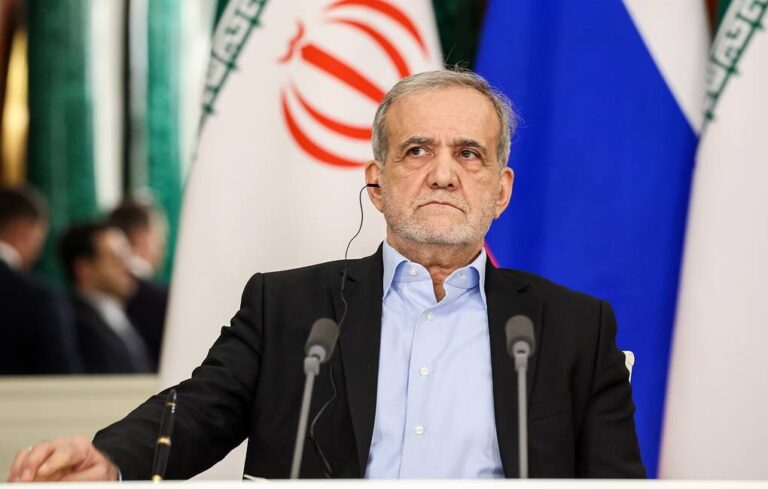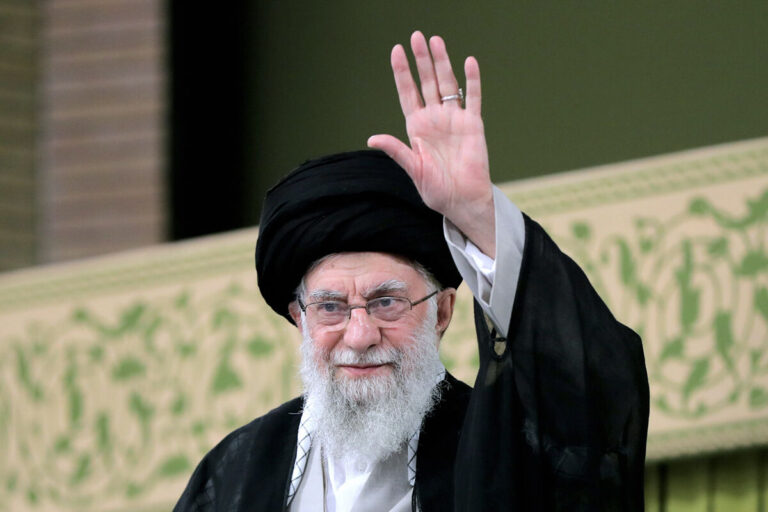Ruhollah Khomeini: A Journey Through His Life from Birth to Legacy
Ayatollah Sayyed Ruhollah Mousavi Khomeini, a pivotal figure in Iran’s history, was a Muslim cleric and Marja who played a critical role in the 1979 Islamic Revolution. This revolution led to the overthrow of Mohammad Reza Pahlavi, the last Shah of Iran, and established a new political order under the Islamic Republic. Following the revolution, Khomeini became the Grand Leader of Iran, a title he held until his passing. His teachings and political theories, particularly the concept of velayat-e faqih or “guardianship of the jurisconsult,” significantly influenced Islamic governance.
Early Life and Background
Born on September 24, 1902, in Khomein, Iran, Ayatollah Khomeini’s life was marked by his rich religious heritage. His father, Sayyid Mustafa Musavi, was a respected cleric who was tragically murdered shortly after Khomeini’s birth while standing against an oppressive local governor. Khomeini was raised primarily by his mother, Hajieh Agha, and his aunt, Sahiba Khanum, in a deeply religious environment.
- Heritage: Khomeini belonged to a family of Seyyeds, descendants of Prophet Muhammad through the seventh Imam, Imam Mousa Kazem.
- Religious Influence: His maternal grandfather, Mirza Ahmad Mojtahed-e Khonsari, was a prominent cleric known for his opposition to tobacco monopolies, reflecting a legacy of activism.
Education and Scholarly Pursuits
At the tender age of six, Khomeini began his formal education by studying the Quran. He received early teachings under the guidance of local scholars and continued to pursue his studies diligently.
- At age 18, he shifted his educational focus to the Islamic seminary in Arak, drawn by its academic reputation.
- In 1921, Khomeini began his studies in Arak, later moving to Qom, where he became a prominent teacher of Islamic jurisprudence, philosophy, and mysticism.
- By 1963, he attained the status of Marja, succeeding Grand Ayatollah Seyyed Hossein Borujerdi.
Teaching and Intellectual Legacy
Imam Khomeini dedicated many years to teaching at the Islamic Seminary of Qom. His classes were known for their depth and attracted many students, including those who would become well-known mujtahids. His teachings on wilayat al-faqih laid the groundwork for his later political theories.
- Years in Najaf: Khomeini spent 13 years in Najaf, where he taught advanced jurisprudence.
- Significant Lectures: He delivered lectures that formed the basis of his influential book on Islamic governance.
Life in Exile
Imam Khomeini endured over 14 years of exile, primarily in Najaf, Iraq. His journey began with a brief stay in Turkey before moving to Najaf, where he developed his ideas on governance and rallied opposition against the Shah.
- Publishing Ideas: Khomeini’s lectures on Islamic government were published, significantly impacting Iranian society.
- Resistance Against the Shah: He became a symbol of resistance, with his speeches circulating widely on cassette tapes.
Triumphant Return to Iran
On February 1, 1979, just two weeks after the Shah fled Iran, Imam Khomeini returned to a grand reception, with crowds estimated at over three million welcoming him back. His return marked a pivotal moment in the Islamic Revolution.
- Initial Plans: Khomeini was initially scheduled to return on January 26, but airport closures due to protests delayed his arrival.
- Impact of Protests: His return was met with widespread enthusiasm and support from the Iranian populace.
International Quds Day
In August 1979, Imam Khomeini declared the last Friday of Ramadan as International Quds Day, urging Muslims worldwide to support the oppressed people of Palestine. This observance has since become a significant event, with mass rallies held annually in various countries.
Passing and Legacy
Imam Khomeini passed away on June 3, 1989, after a prolonged illness. His death was met with national mourning, with over ten million Iranians attending his funeral, marking it as one of the largest funerals in history.
- Successor: Ayatollah Seyyed Ali Khamenei was appointed as his successor, adhering to constitutional protocols.
- Annual Commemoration: June 4th is recognized as a national holiday in Iran, where speeches and ceremonies commemorate his legacy.
Imam Khomeini’s profound impact on Iran and the Islamic world continues to be felt, as his teachings and political theories remain influential in contemporary discussions of governance and Islamic thought.
Compiled by Mohaddeseh Pakravan
